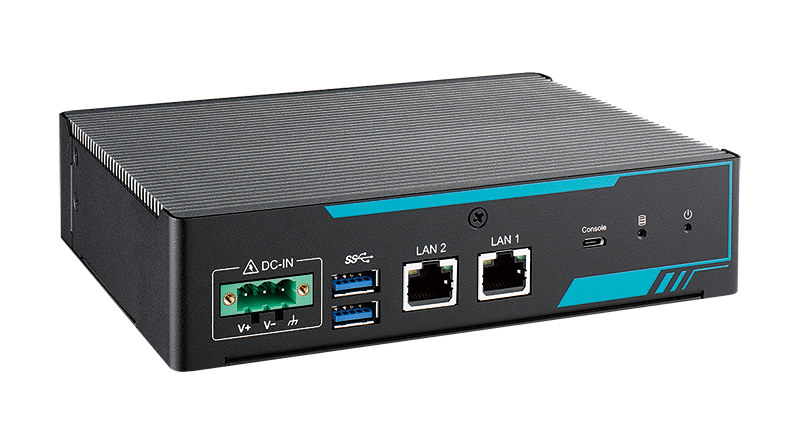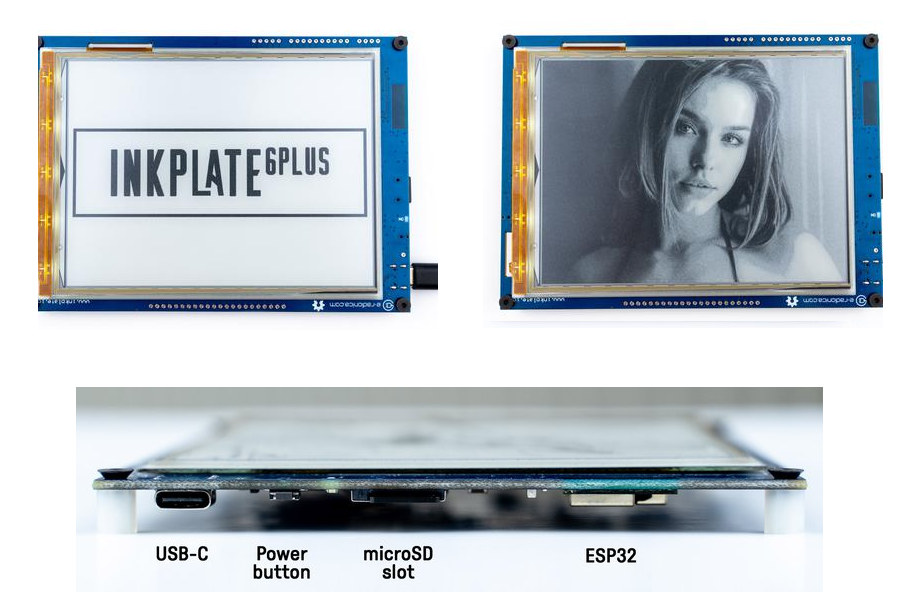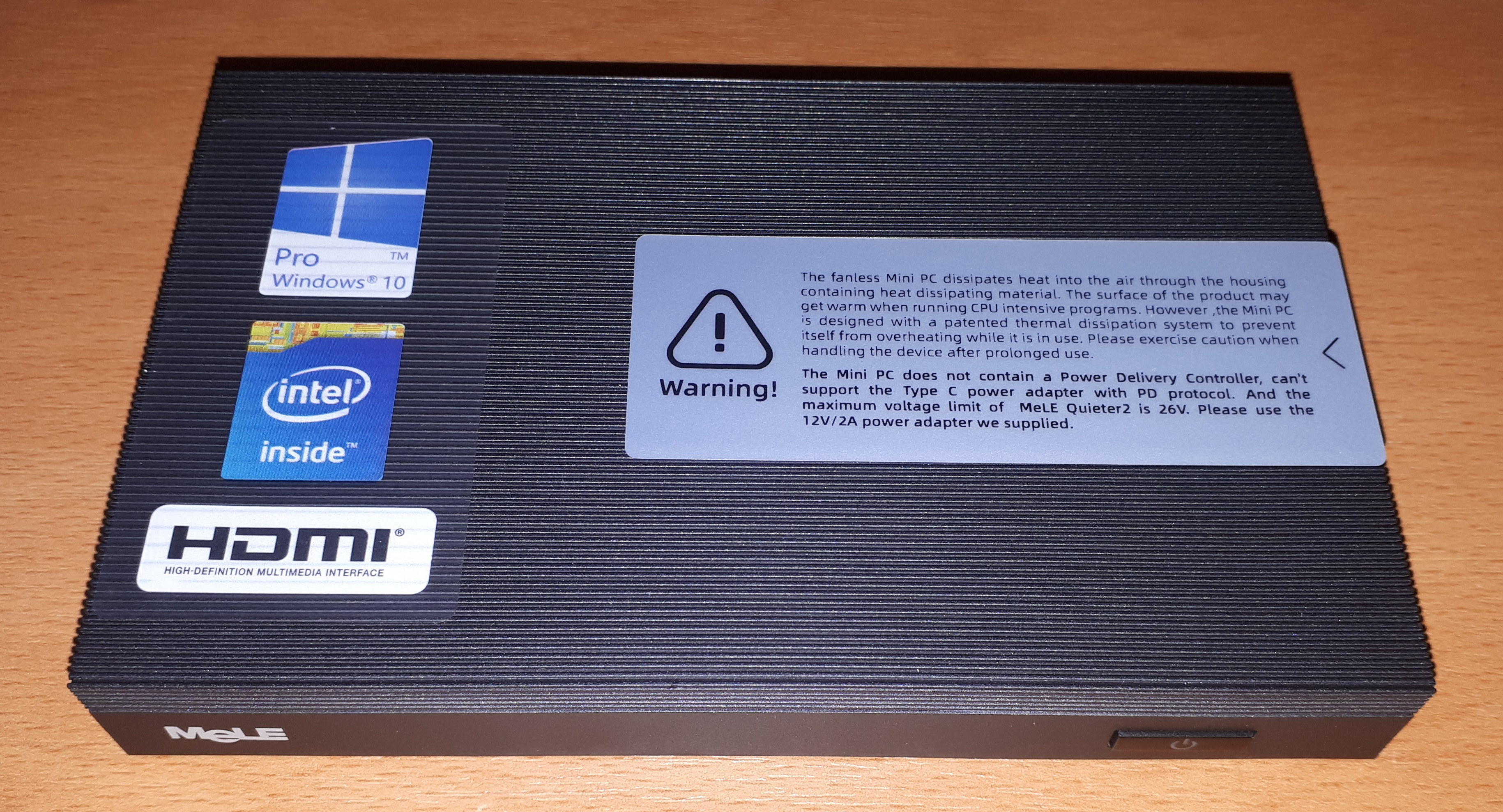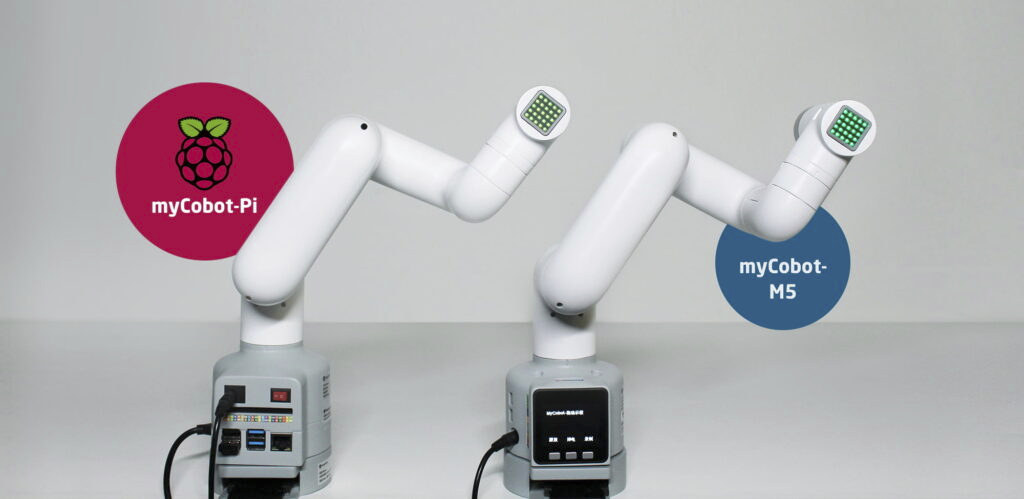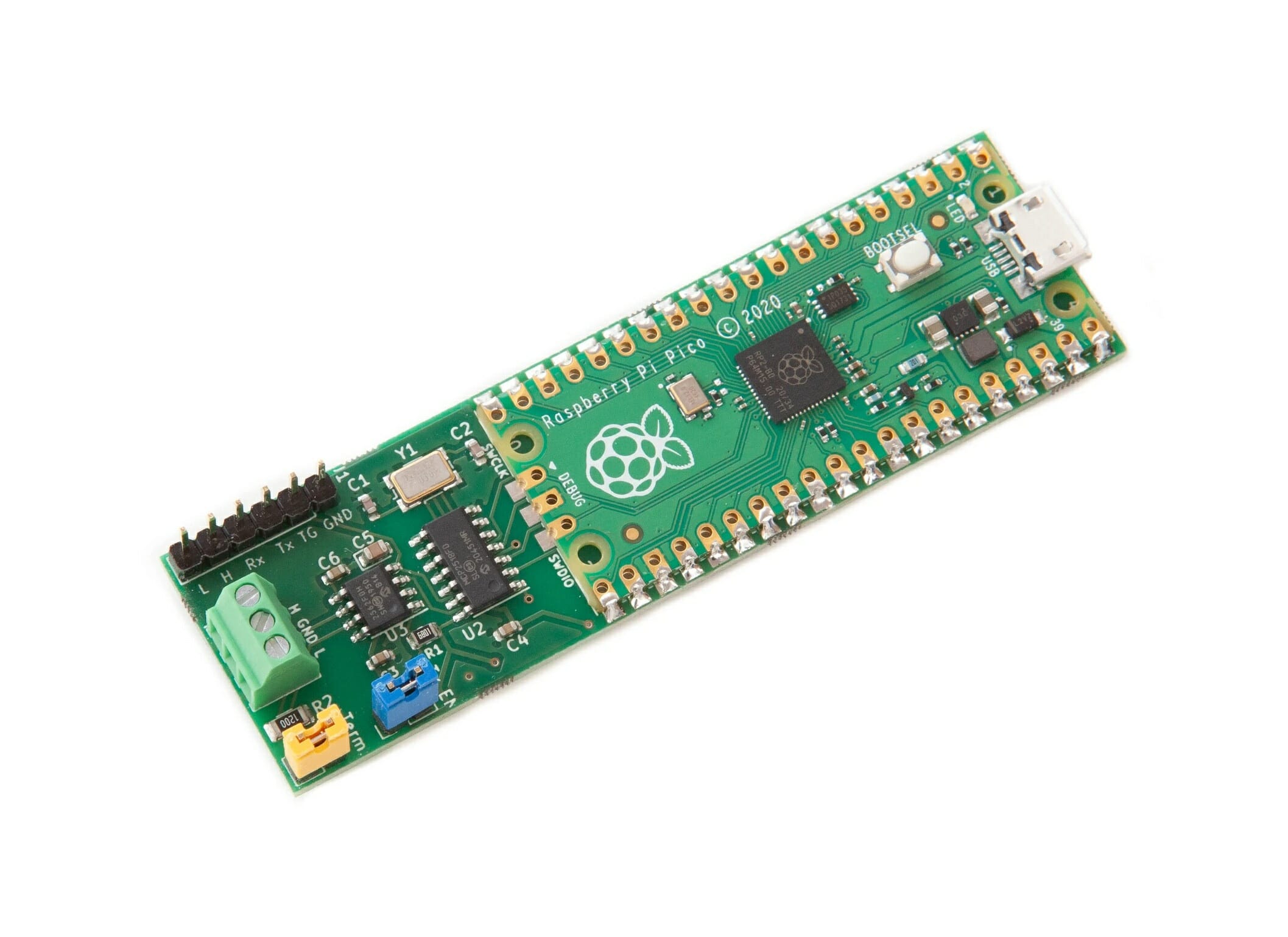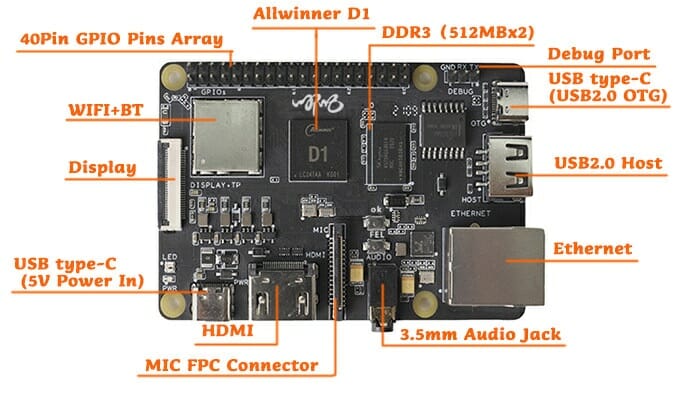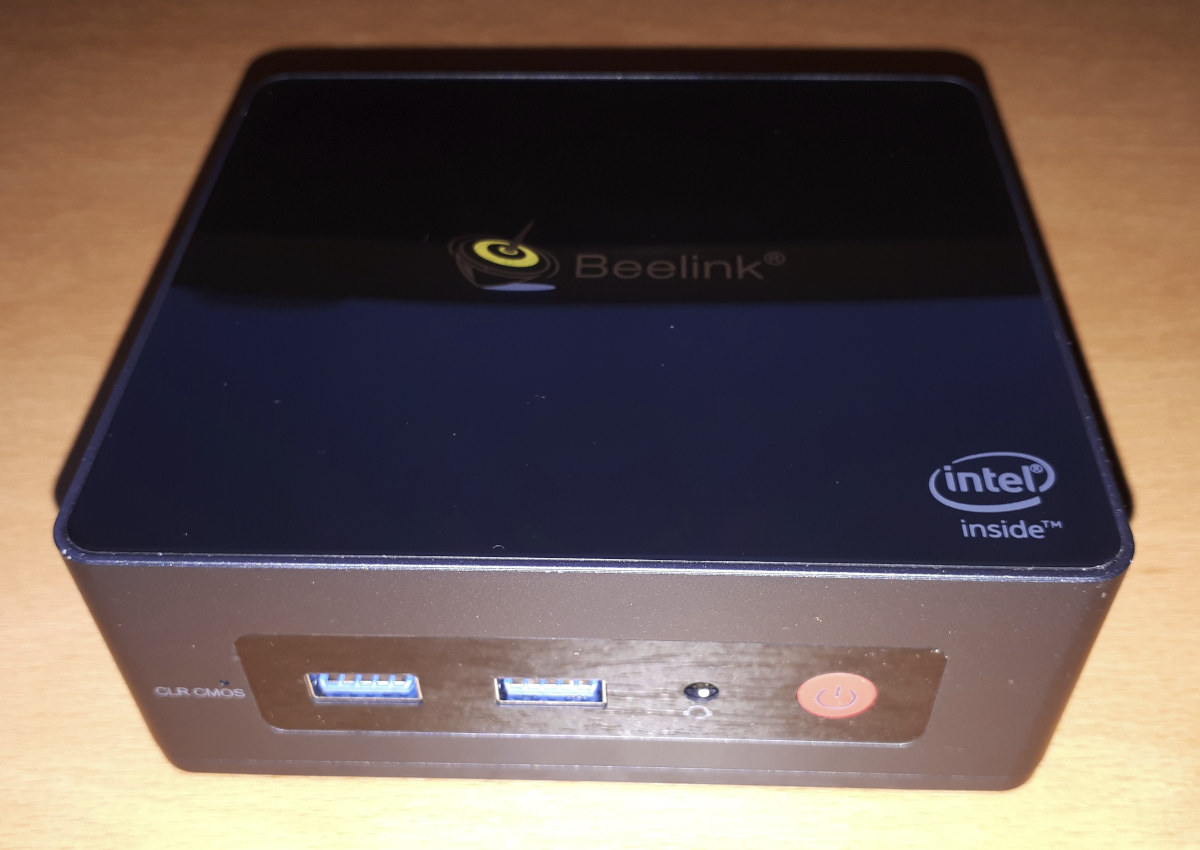Huawei plans for an Android alternative called HongMeng (鸿蒙) OS were leaked in 2019 following tensions with the US government that prevented them from working with American and other companies around the world. The operating system was later called HarmonyOS for the overseas markets, and Huawei released HarmonyOS 2.0 beta in September of last year, where we learned it was heavily inspired by Android, replacing Google GMS with Huawei’s own HMS, but using the same development tools. We also got a roadmap at the time with the company planning to launch HarmonyOS devices in 2021. Developers first got the HiSpark WiFi IoT RISC-V development board to play with the new OS in October 2020, but now the company has finally announced HarmonyOS consumer devices with three Huawei MatePad tablets, and two Huawei 3 watches. Huawei MatePad HamornyOS tablets Three models have been introduced with a mix of Kirin and Snapdragon […]
Edge AI system combines Foxconn FXN3102 Arm SoC with Hailo-8 or Lightspeeur 2801S AI accelerator
Did you know Foxconn makes processors now? Well, they do, or at least can pretend they do to as we’ll see below. Foxconn FXN3102 24-core Arm Cortex-A53 processor is found in Vecow VAC-1000, a compact Edge AI computing system, that also features either an Hailo-8 AI accelerator or Gyrfalcon Lightspeeur 2801S NPU. The Ubuntu 18.04 server system also comes with up to 16GB DDR4-2133 memory, optional NX Witness VMS (Video Management System) supported, and targets intelligent surveillance applications such as public surveillance or traffic monitoring, as well as smart retail, factory automation, and any other AIoT/Industry 4.0 applications. Vecow VAC-1000 specifications: SoC – Foxconn FXN3102 24-core Arm Cortex-A53 processor @ up to 1.0 GHz System Memory – 8GB or 16GB DDR4 2133MHz ECC SO-DIMM Storage 64GB eMMC flash, 512MB SPI Flash, up to 512KB EEPROM 1x SATA III port up to 6 Gbps 1x M.2 2280 Key M socket for […]
Inkplate 6PLUS ESP32 ePaper display gets higher resolution, a touchscreen, a frontlight (Crowdfunding)
Inkplate 6PLUS is an updated version of Inkplate 6 ESP32 powered 6-inch ePaper display that was introduced in 2019, wand comes with a higher 1024 x 758 resolution, and the addition of a touchscreen and a frontlight. Just like the original product, Inkplate 6PLUS makes use of recycled e-paper displays without thousands of screens currently in stock. Refresh performance per pixel is faster and similar to Inkplate 10, which leads to a complete screen refresh being about as fast as on the original Inkplate 6 despite the higher resolution. Inkplate 6PLUS specifications: Wireless module – ESP32 WROVER module with dual-core ESP32 processor with Wi-Fi 4 & Bluetooth 4.0 (BLE) connectivity, 8MB PSRAM, 4MB flash External storage – MicroSD card socket Display – 6-inch, 1024 x 758 e-paper display with support for grayscale, partial updates, and quick refresh cycles 1.27 second refresh time in black & white mode 1.52 second refresh […]
MeLE Quieter2 Review – Windows 10, Ubuntu 20.04, and eGPU
MeLE has recently released a passive mini PC called the Quieter2. What is particularly interesting is that whilst it only has a low-powered Intel Celeron CPU it also supports an M.2 2280 NVMe SSD drive which theoretically makes using an eGPU possible. MeLE provided a 99% discount coupon so that I could purchase one for review and the results from various testing are detailed below. Hardware Overview The Quieter2 physically consists of a 131 x 81 x 18.3mm (5.16 x 3.19 x 0.72 inches) rectangular plastic case with a metal base plate. The top half of the case is finely grooved to mimic the fins of a heat spreader but is made of plastic rather than metal to allow reception to the WiFi antennas as one is directly connected to it. As a passively cooled mini PC, it uses Intel’s 14 nm J4125 Gemini Lake Refresh processor which is a […]
MyCobot robotic arm is offered with Raspberry Pi 4 or M5Stack ESP32 modules
Elephant Robotics’ MyCobot robotic arm was introduced last year with M5Stack Atom & Basic ESP32 modules with 6-degrees of freedom, a 250 grams max payload, available now for $599. The company has launched a new $699 version – MyCobot-Pi – with most of the same features, except for an upgrade to Raspberry Pi 4B which offers more performance and flexibility. Both versions of MyCobot arm robotic arm support accessories such as a gripper and a suction pump attachable through a LEGO connector, but while the original version – MyCobot-M5 – relies on Arduino programming, the new MyCobot-Pi runs Debian/Ubuntu and ROS operating systems with image recognition algorithms that can work with a variety of cameras. Since we’ve missed last year’s announcement, we’ll cover both models in this article. MyCobot Robotic Arm Despite the mechanical parts being the same, the specifications for MyCobot-M5 and MyCobot-Pi differ quite a lot: Controller MyCobot-M5 […]
CANPico open-source board adds CAN Bus to Raspberry Pi Pico
Canis Labs’ CANPico board adds a CAN bus to the Raspberry Pi Pico. The open-source hardware board can then be used as a CAN adapter connected to a host computer The company also provides an open-source MicroPython SDK, as well as a pre-built firmware image to quickly make it started, making it possible to easily control or monitor the CAN bus using Python. CANPico specifications: MCU – Raspberry Pi Pico with RP2040 dual-core Cortex-M0+ microcontroller CAN interface through 3-pin terminal block implemented via: Microchip MCP2517/18FD (SPI) CAN controller with 2Kbyte buffer space Microchip MCP2562FD CAN transceiver. Misc Jumpers to connect a standard 120Ω CAN bus termination resistor and for disabling transmit access to the CAN bus 6-pin header for a logic analyzer or oscilloscope to see what’s happening on the bus Dimensions – Approx. 75 x 24mm The MicroPython SDK for CANPico contains two major APIs with CAN and CANHack. […]
Nezha RISC-V Linux SBC launched for $99 and up
Last month, we wrote about Allwinner D1 SBC & processor that promised to offer a relatively low-cost RISC-V Linux solution. We were not given a name at the time, but there was a logo of Nezha, a fictional character from Chinese literature. The board is now known as the Nezha SBC and has been launched on Indiegogo for $99 and up as a board designed for IoT projects running Linux, but can also be purchased directly on Aliexpress for the same price. [Update: It can also be purchased on Taobao for 599 RMB] Nezha SBC specifications: SoC – Allwinner D1 single-core XuanTie C906 64-bit RISC-V processor @ 1.0 GHz with HiFi4 DSP, G2D 2D graphics accelerators Memory – 1GB DDR3 memory Storage – 256MB SPI NAND flash, MicroSD card slot Video Output – HDMI 1.4 port up to 4Kp30, MIPI DSI & touch panel interface up to 1080p60 Decoding – […]
Beelink GKmini Review – An Intel Celeron J4125 mini PC reviewed with Windows 10 Pro, Ubuntu 20.04
Beelink have recently released another small form factor (SFF) design similar to the traditional Intel ‘NUC’ called the GKmini which they have provided for review. Available as a fully configured Windows 10 Pro mini PC means it can be up and running straight out of the box. Hardware Overview The Beelink GKmini physically consists of a 115mm x 102mm x 43mm (4.53 x 4.02 x 1.69 inches) rectangular plastic case. It is an actively cooled mini PC and uses Intel’s 14 nm J4125 Gemini Lake Refresh processor which is a quad-core 4-thread 2.00 GHz processor boosting to 2.70 GHz with Intel’s UHD Graphics 600. The front panel has a power button, a headphone jack, two USB 3.0 ports, and a ‘CLR CMOS’ pinhole that leads to a button which when pressed clears the CMOS. The rear panel includes the power jack, dual HDMI ports, a gigabit Ethernet port, a further […]



